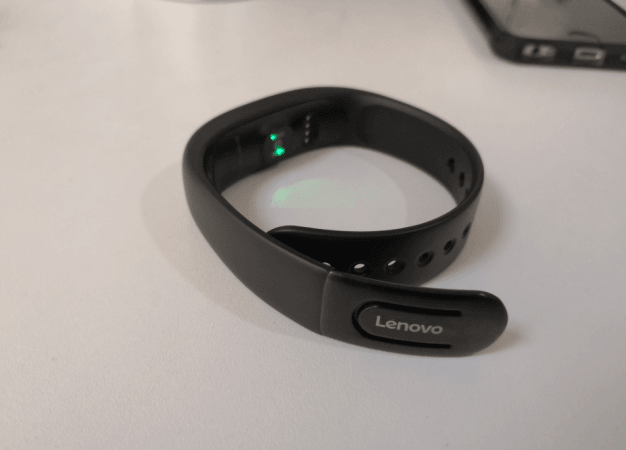Monitoring blood sugar levels of diabetics without drawing blood using a new Artificial Intelligence (AI) and radar device is the next level invention being developed by the researchers of University of Waterloo. If successful, it may help control sugar levels for millions of patients worldwide.
In the recent study, the researchers have combined the AI and radar technologies to help diabetic people to manage their blood glucose level without drawing blood several times a day.
George Shaker, an engineering professor who leads the team working on the concept said, "We want to sense blood inside the body without actually having to sample any fluid... Our hope is, this can be realized as a smartwatch to monitor glucose continuously."
How did they develop?
The research aimed at managing diabetes effectively involved collaborations with Google and German hardware company Infineon. They have jointly developed a small radar device and have sought inputs from select teams on potential applications around the world.
The radar device sends high-frequency radio waves into liquids containing different levels of glucose and receives radio waves reflected back to it.
![Artificial sweeteners can lead to diabetes: Natural alternatives you can have instead. [Representational Image] Artificial sweetener](https://data1.ibtimes.co.in/en/full/686480/artificial-sweetener.jpg?h=450&l=50&t=40)
The researchers developed machine-learning AI algorithms which convert the information on the reflected waves into digital data for further analysis.
The algorithm can detect glucose changes based on more than 500 wave features or characteristics, which include the time taken to bounce back to the device.
The initial tests done with volunteers at the Research Institute for Aging in Waterloo showed 85 percent accurate results as opposed to conventional, traditional, invasive blood analysis. "The correlation was actually amazing. We have shown it is possible to use radar to look into the blood to detect changes," said Shaker.
Next steps
The next level of research involves refining the system to precisely quantify the blood glucose levels through the skin, which can be complicating. They are also working on shrinking the size of the radar device so that it is both low-power and low-cost effective.

Currently, the data analyzed by the AI algorithms are sent wirelessly to computers, but the aim is to find a self-contained technology that is similar to smartwatches that monitor heart rate.
"I'm hoping we'll see a wearable device on the market within the next five years. There are challenges, but the research has been going at a really good rate," said Shaker.
The study was published in the International Journal of Mobile Human-Computer Interaction.











